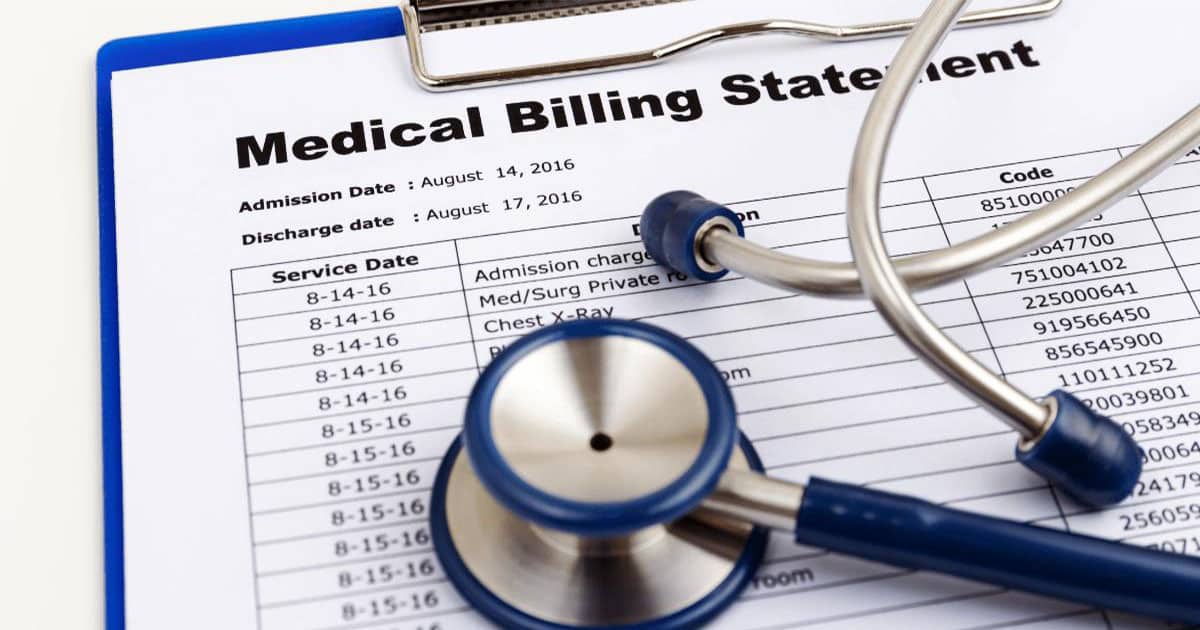Healthcare is one of the biggest concerns families face when preparing for retirement. Unlike lifestyle expenses, which may decline over time, healthcare costs often rise with both age and inflation. That makes planning for medical expenses not only important but essential to a sustainable retirement plan.
On average, a couple retiring at 65 today will need more than $300,000 to cover healthcare throughout retirement — and that figure does not include the potential cost of long-term care. Medicare provides a critical safety net, but it is not comprehensive. Understanding where Medicare coverage ends and what falls to you is a key step in preparing your plan.
Medicare Part A covers hospital care; Part B covers doctors and medical services, and Part D provides prescription drug coverage. Even with those in place, retirees still face deductibles, co-pays, and exclusions. Common needs like dental, vision, and hearing are often not covered. While Medigap or Medicare Advantage plans are sometimes recommended, they do not always provide the coverage families expect. Planning for ongoing out-of-pocket expenses directly from your savings is often the most reliable approach.
One of the best tools to prepare for future costs is a Health Savings Account (HSA). HSAs offer a unique triple tax advantage: contributions are pre-tax; growth is tax-deferred, and withdrawals are tax-free when used for qualified medical expenses. For those still working, maxing out HSA contributions each year and allowing the balance to grow untouched can build a valuable reserve to offset medical costs in retirement.
Long-term care presents another challenge. Medicare does not cover custodial or extended long-term care, yet statistics show that 70% of retirees will need some form of long-term care in their lifetime. This makes it essential to consider whether you can self-insure, or if a long-term care or hybrid life insurance policy with a care rider makes sense. While these policies can be costly, they may provide peace of mind and critical support when needed.
Healthcare planning must also be integrated into your broader tax strategy. Covering expenses directly from retirement accounts without planning can increase taxable income and potentially push you into a higher bracket. Coordinating withdrawals among IRAs, Roth IRAs, and taxable accounts can make those healthcare dollars stretch further by reducing tax burdens.
Consider these practical steps to help prepare for healthcare costs in retirement:
- Learn about Medicare well before turning 65 and understand what is covered and what gaps remain.
- Maximize Health Savings Account contributions while working and allow the funds to grow for long-term use.
- Create a plan for long-term care, whether through self-insuring, traditional insurance, or a hybrid strategy.
- Build out-of-pocket costs like premiums, deductibles, and co-pays into your retirement income planning.
- Review your healthcare coverage annually, and adjust your plan as needs and expenses change.
Healthcare planning is not separate from retirement planning — it’s a core component. By preparing in advance, understanding your options, and integrating costs into your income and tax strategy, you can protect your retirement savings and reduce financial stress later in life.
Financial Enhancement Group is an SEC Registered Investment Advisor.


